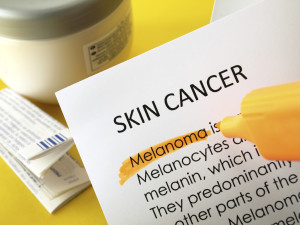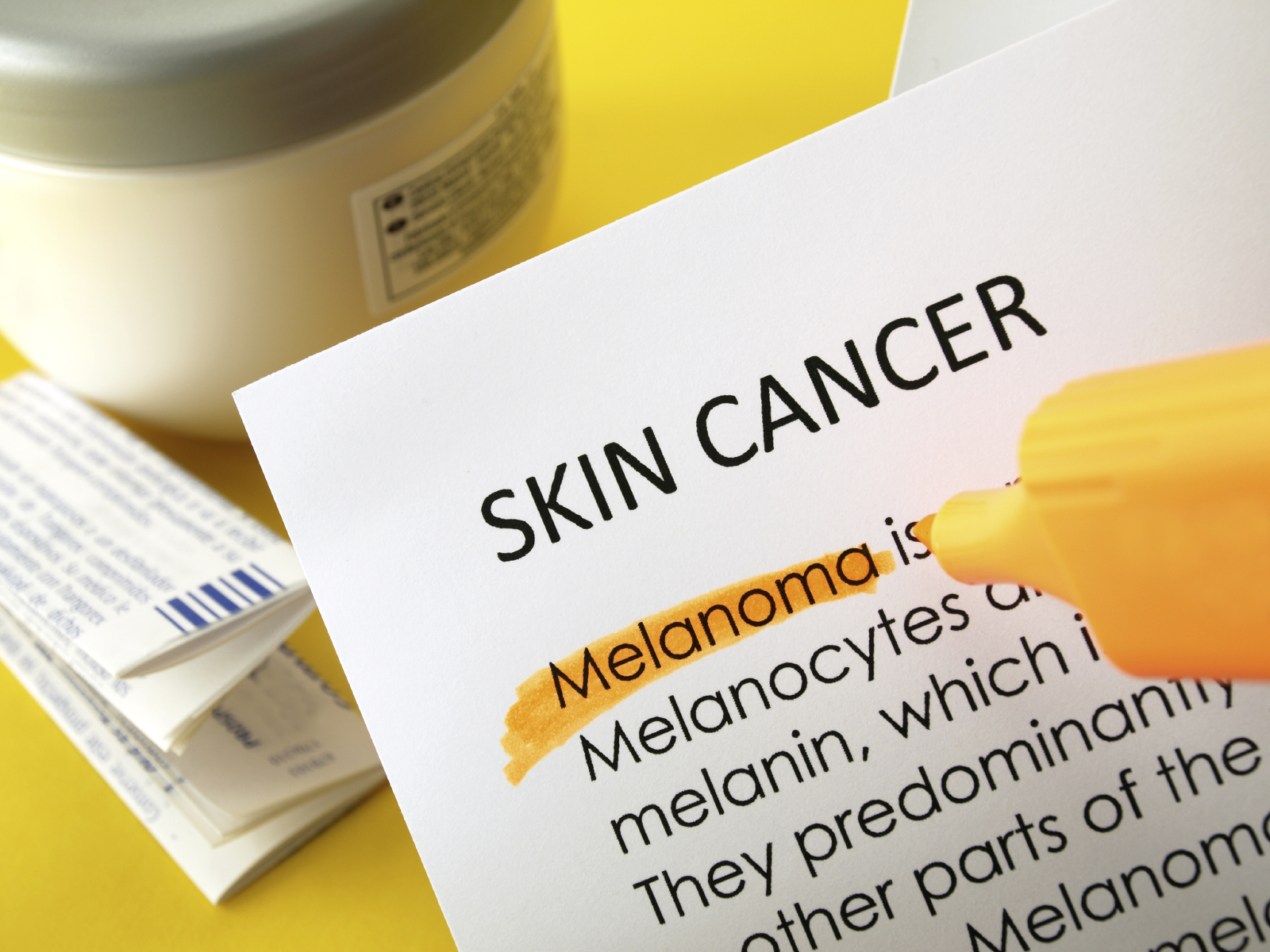 By Emily Miller
By Emily Miller
Skin cancer, the most common cancer in the United States, is a major health problem as the incidences of non-melanoma and melanoma skin cancer has been increasing over the years.
The costs associated with skin cancer increased five times as fast as treatments for other cancers between 2002 and 2011, according to a CDC study published online in the American Journal of Preventive Medicine.
The average annual cost for skin cancer treatment increased from $3.6 billion during 2002-2006, to $8.1 billion during 2007-2011, an increase of 126 percent. To put this into perspective, the average annual cost for treatment of all other cancers increased by 25 percent during the same time period.
While the number of skin cancer related cases has been increasing, little research has been conducted to analyze the rising costs of treating skin cancer.
“The findings raise the alarm that not only is skin cancer a growing problem in the United States, but the costs for treating it are skyrocketing relative to other cancers,” said Gery Guy, PhD and CDC’s Division of Cancer Prevention and Control lead author in a press release. “This also underscores the importance of skin cancer prevention efforts.”
The report studied skin cancer data on adults between 2002 and 2011 using the Medical Expenditure Panel Survey. The researchers created two five-year periods of data from 2002-2006 and 2007-2022 to allow for a comparison over time and to improve the precision of the estimates.
From their research it was revealed that the average annual number of adults treated from skin cancer increased from 3.4 million in 2002-2006 to 409 million in 2007-2011.
Nearly five million people are treated for skin cancer every year in the United States. However, most cases of Melanoma, the deadliest kind of skin cancer, are caused by exposure to ultraviolet (UV) light.
Unlike most types of cancers, skin cancer is easily preventable if you take the appropriate precautionary measures when you are young and healthy. Along with regular checkups, people should take steps to protect themselves from UV exposure that could lead to skin cancer.
The CDC recommends these easy steps to protect your skin while outdoors and tanning:
· Stay in the shade, especially during midday hours
· Wear clothing that covers yours arms and legs
· Wear a wide brim hat
· Wear sunglasses that block both ultraviolet A (UVA) and ultraviolet B (UVB) rays
· Use sunscreen with SPF 15 or higher and both UVA and UVB protection
· Avoid indoor tanning beds












